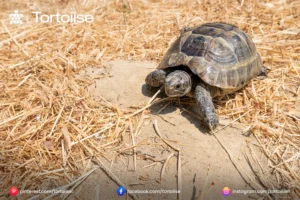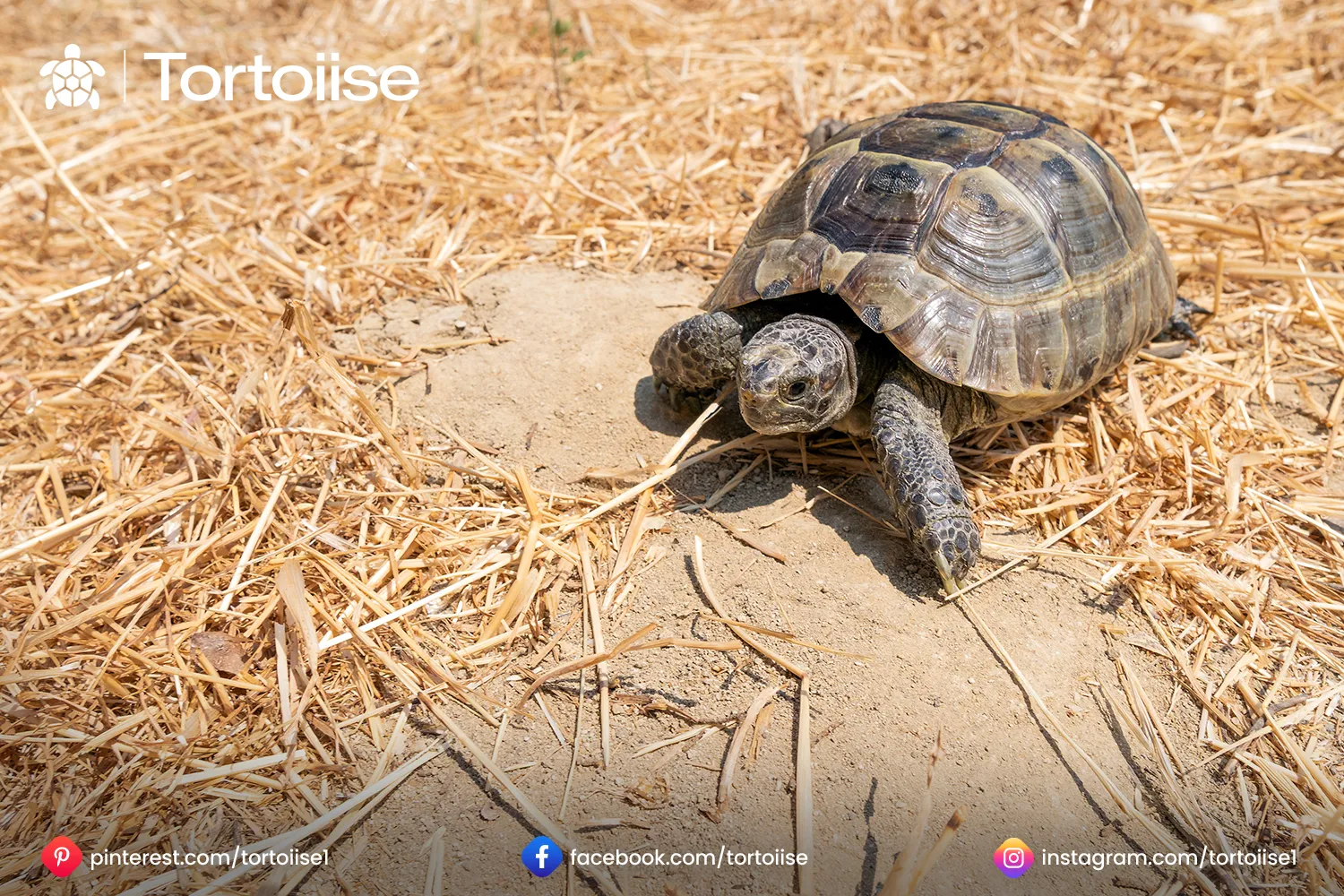How to keep a tortoise
Instructions for keeping a tortoise
Tortoises are captivating, low-maintenance pets that can live for a really long time when really focused on appropriately. Keeping a tortoise requires grasping its novel necessities, including living space, diet, and well-being. Whether you’re a first-time proprietor or hoping to improve your consideration normal, this guide gives fundamental tips and exhortation to guarantee your tortoise flourishes in a cherishing and reasonable climate.

1. Picking the Right Tortoise Species
The most important phase in keeping a tortoise is choosing an animal group that matches your way of life and climate. Various species have changing care needs, demeanors, and sizes.
Well-known Tortoise Species for Pets.
Russian Tortoise: little, solid, and simple to focus on.
Hermann’s Tortoise: Agreeable and reasonable for novices.
Sulcata Tortoise: Huge and requires a lot of room.
Panther Tortoise: Medium-sized with a lovely shell design.
Red-Footed Tortoise: Tropical and partakes in a more damp climate.
Variables to Consider
Environment: A few turtles flourish in warm, dry environments, while others need mugginess.
Space: Bigger species like the Sulcate require sweeping, walled-in areas.
Life expectancy: Tortoises can live 50-100 years, so they are a drawn-out responsibility.
2. Setting Up the Best Territory
A reasonable territory is fundamental for your turtle’s well-being and prosperity. Whether you keep your turtle inside or outside, its walled-in area ought to imitate its common habitat as intently as could really be expected.
Indoor fenced-in areas
Tortoise Table
A wooden or plastic nook with open sides is great.
Substrate
Utilize a blend of dirt and play sand, or coconut coir, to make a characteristic floor.
Lighting
Give UVB lighting to help shell and bone well-being. Join it with an intense light to keep up with the fitting temperatures.
Temperature
Luxuriating Spot: 90-100°F (32-37°C)
Surrounding Temperature: 70-80°F (21-27°C)
Night Temperature: 65-70°F (18-21°C)
Concealing Spot
Add a little sanctuary where the turtle can withdraw and have a solid sense of security.
Open-air Nooks
Fencing: Guarantee the nook has strong, escape-confirmation walls.
Cover: Give a concealed region and a warm, safe house to safeguard against hunters and the outdoors.
Plants: Incorporate tortoise-safe plants like dandelions, clover, and hibiscus.
Water Source: Spot a shallow water dish for drinking and drenching.

3. Diet and Nourishment
Tortoises are herbivores and require a eating routine rich in fiber and low in protein. A decent eating regimen is critical for their development, shell health, and general energy.
Staple food sources:
Mixed Greens: Collard greens, kale, dandelion leaves, and mustard greens.
Vegetables: squash, chime peppers, and carrots (with some restraint).
Natural products: Incidentally offer limited quantities of berries, melon, or apples.
Food sources to stay away from
Handled food sources or food varieties high in sugar and fat.
Poisonous plants like ivy, rhubarb, and azalea.
Supplements
Furnish calcium supplements with vitamin D3 to help shell strength.
Dust food with a reptile-safe multivitamin week after week.
Taking care of the timetable:
Feed your tortoise once every day and change the amount in light of its size and activity level.
Eliminate uneaten food following a couple of hours to forestall deterioration.
4. Hydration and Washing
Tortoises need normal hydration to remain solid and forestall parching.
Water Dish
Consistently give new, clean water in a shallow dish.
Drenching
Wash your turtle in tepid water 2-3 times each week for 15-20 minutes. This assists with hydration and helps in shedding.
5. Well-being and Prosperity
Observing your turtle’s well-being is a fundamental piece of proprietorship. Perceiving indications of disease early can forestall difficult issues.
Indications of a Sound Tortoise
Brilliant, clear eyes
Smooth, firm shell
Dynamic and ready way of behaving
Standard craving
Normal medical problems
Respiratory Contaminations: Side effects include wheezing, nasal discharge, and torpidity. Guarantee appropriate temperature and dampness to forestall this.
Shell Decay
Weaknesses or staining on the shell can demonstrate contagious or bacterial contamination.
Parasites
Check for indications of worms or different parasites in excrement.
Deterrent Consideration
Customary veterinary check-ups with a reptile subject matter expert.
Keep a spotless and sterile nook.
Give a fluctuating diet and abstain from overloading.
6. Connection and Improvement
Tortoises are not cuddly pets, but rather, they can perceive their proprietors and appreciate connection in their specific manner.
Dealing with
Handle your tortoise tenderly and stay away from unexpected developments. Support its body completely to forestall pressure.
Improvement
Offer toys like little balls or spot deterrents in the nook to energize investigation.
Perception
Invest energy in watching your turtle’s way of behaving. This helps you bond and distinguish any indications of misery.
7. Occasional Consideration
Tortoise requirements change with the seasons, particularly for species that sleep.
Hibernation
Research whether your turtle species requires hibernation.
Follow a severe planning schedule, including wellbeing checks, slow fasting, and controlled temperature for the executives.
Summer Care
Guarantee outside nooks have concealed regions to forestall overheating.
Give extra hydration during blistering climate.

8. Legitimate and Moral Contemplations
Tortoises are safeguarded in numerous locales, and it’s fundamental to comprehend the legalities of claiming one.
Research Regulations
Check neighborhood and worldwide guidelines with respect to tortoise proprietorship.
Take on, Don’t Shop
Consider embracing a tortoise from a salvage association as opposed to buying one from a pet store.
Stay away from Wild-Got Tortoise.
Catching wild turtles hurts the environment and frequently prompts medical problems for the creature.
Last Contemplations
Keeping a tortoise is a rewarding experience, yet it requires responsibility and care. By giving the right climate, diet, and consideration, you can guarantee your tortoise carries on with a long, sound, and blissful life. Keep in mind, a very, really liked tortoise isn’t simply a pet; however, a deep-rooted friend that could be passed down to people in the future.

